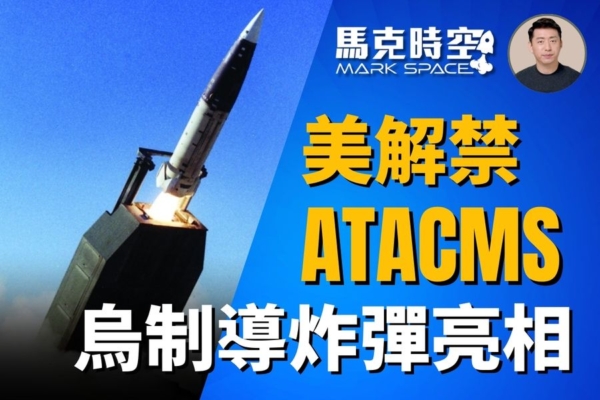Ukraine’s invasion of Kursk has surpassed one month, with the occupied areas now relatively stable. However, the Russian military is still in the process of deploying troops, possibly due to logistical issues with ammunition transport, as their large army is not yet fully prepared. The Ukrainian forces encountered significant resistance as they advanced north, but the Russian forces south of the Siverskyi Donets River remain encircled by Ukrainian troops. Attempts by the Russian forces to build pontoon bridges for resupply or retreat have been discovered and destroyed by the Ukrainian forces.
Reports from media outlets such as the “Congress Hill Post” and “War Zone” state that Michael McCaul, Chairman of the House Committee on Foreign Affairs, mentioned that US Secretary of State Blinken will inform Ukraine that they can use the American-produced Army Tactical Missile System (ATACMS) within Russian territory. Speculations suggest this move may be linked to Iran providing ballistic missiles to Russia. On September 10, the United States, United Kingdom, France, and Germany condemned Iran for transporting ballistic missiles to Russia for use in the Ukraine war and announced new sanctions against Iran.
If ATACMS were to be used to target Russian objectives, it could penetrate up to 300 kilometers into Russian territory. However, White House National Security Communications Advisor Kobe stated on September 4 that Russia had already relocated 90% of its aircraft used for attacking Ukraine beyond the 300-kilometer border. While this diminishes ATACMS’s impact on the Russian air force, it becomes more significant for the army. Belgorod Oblast in Russia is a crucial supply, rest, and training area for the Ukrainian Eastern Donbas region. Should Ukrainian forces be able to utilize ATACMS to strike targets within Russian territory, Belgorod could become one of the primary targets.
Despite the ongoing advancements made by the Ukrainian military in Kursk and counterattacks launched in cities like Poltava and Kharkiv, the Russian military retains the offensive advantage, continuing its advances in areas like Chasiv Yar. Many analysts believe that at least for the remaining time this year, it will be challenging for the Ukrainian military to launch large-scale counterattacks, as their current priority is to prevent extensive Russian occupation of Ukrainian land and a major counteroffensive may only be feasible next year.
Gliding precision-guided bombs have become a key weapon for the Russian forces, for which the Ukrainian military still lacks adequate countermeasures. However, Ukrainian domestically produced precision-guided bombs have emerged, with Su-24 fighter-bombers now equipped with two domestically made gliding bombs under their wings. Mass production of these could potentially address the issue of limited precision-guided bombs provided by the US and France. Moreover, there has been significant improvement in Ukraine’s ammunition supply. Earlier this year, the artillery firepower comparison between the Russian and Ukrainian forces reached a staggering 12:1 ratio, meaning the Russian forces could fire 12 shells for every 1 shot the Ukrainian forces could return. Currently, Ukrainian Chief of General Staff Serhiy claims that the artillery firepower ratio has shifted to 2:1, with more ammunition reaching the front lines.
Additionally, in less than 10 days, Ukraine once again launched a large-scale drone attack in multiple regions of Russia, including Moscow. A substantial number of Ukrainian long-range drones attacked the Moscow area in the early hours of September 10, marking the largest drone attack on the Russian capital to date, resulting in at least one woman’s death and the destruction of dozens of houses. The airstrike forced the closure of three out of four Moscow airports for over six hours, causing around 50 flights to be diverted.
The situation remains tense as Ukraine continues its efforts against Russian forces, with developments on various fronts and ongoing strategic maneuvers shaping the conflict. The exchange of tactics and support from international actors adds layers to the complexity of the conflict, raising concerns about possible escalations and the humanitarian impact on civilians caught in the crossfire. As the conflict evolves, the international community closely monitors the situation, emphasizing the importance of diplomatic efforts to seek a peaceful resolution and prevent further violence.

